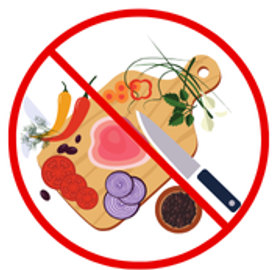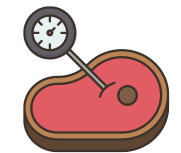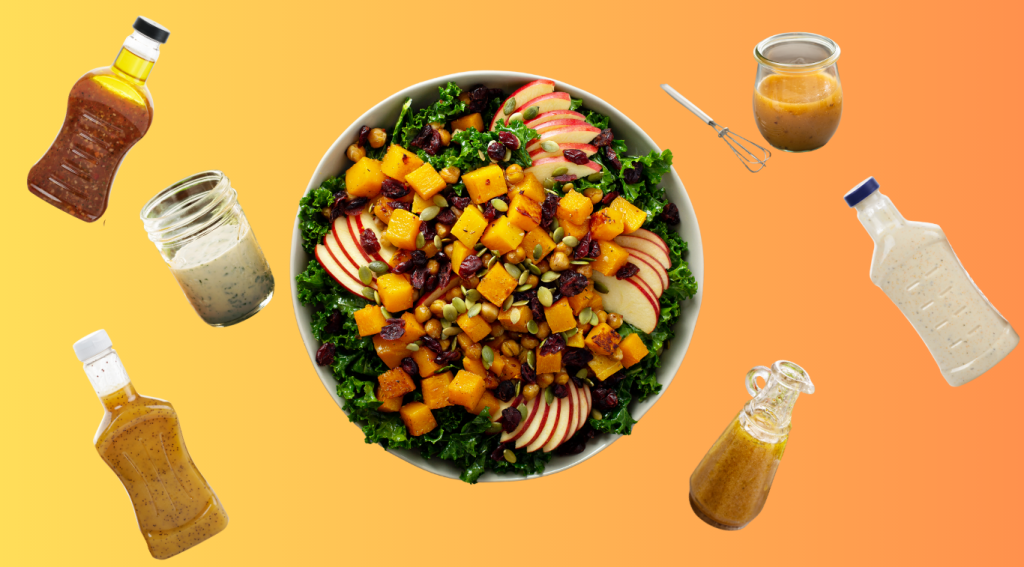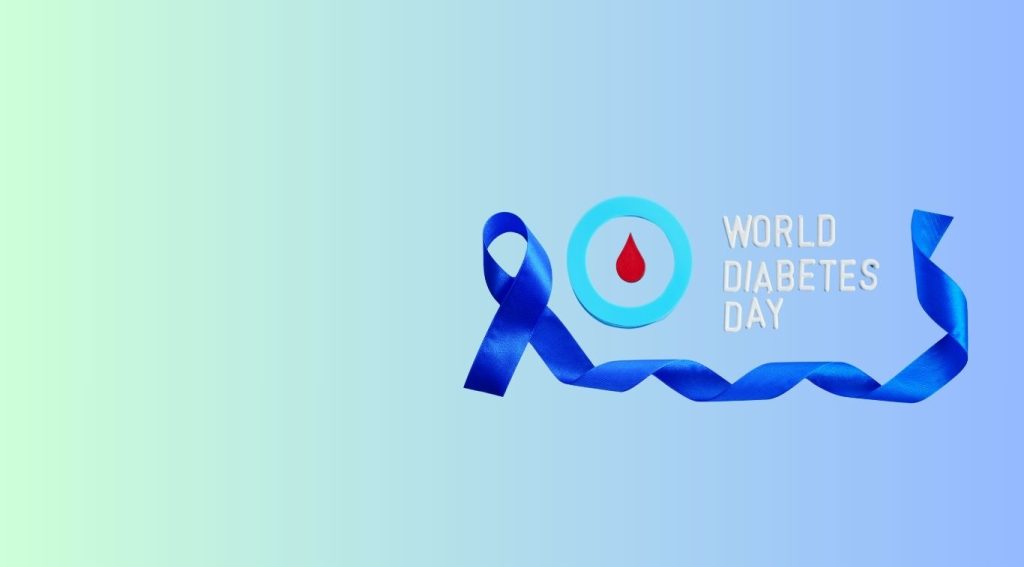With the holidays just around the corner, many of us will be spending more time in the kitchen, preparing meals and sharing food with family and friends. Foodborne illnesses can happen anytime, but the risk increases during the holidays when more people are cooking and handling food. Whether you are planning a festive holiday spread, or just cooking your everyday meals, practicing good food safety habits is crucial!
Article is available in ASL, scroll down to see video at the bottom of the page.
Why Food Safety Matters
Every year, millions of people get sick from eating food that isn’t handled properly1. Foodborne illness is caused by bacteria, viruses, or other harmful organisms that grow on food when its stored, prepared or cooked incorrectly. These illnesses can affect anyone, but they can be especially dangerous for vulnerable populations such as children, the elderly and people with weakened immune systems. By following basic food safety practices, you can greatly reduce the risk of foodborne illness and make sure that your meals are both delicious and safe!
Preventing Cross-Contamination
Cross contamination happens when bacteria from raw foods like meat, poultry or seafood spread to other foods, utensils, or surfaces. Preventing cross-contamination is key to keeping your kitchen safe. Therefore, its important to keep raw meat separate from other foods during preparation, use separate cutting boards for raw meat and ready-to-eat foods likes vegetables and fruit (more below) and lastly, handwashing is one of the easiest and most effective ways to keep harmful germs out of your food.
- Wash your hands with soap and water for at least 20 seconds before and after preparing food and especially between changing tasks such as working with raw meat and then switching to produce2.
- Dry your hands with a clean towel or paper towel to avoid contamination.
- It is also important to clean and sanitize kitchen surfaces regularly, especially after preparing raw meat, poultry and seafood.
Cutting Board Safety & Maintenance
Cutting boards are an essential tool in the kitchen, but if not used and maintained properly, they can be a source of cross-contamination. Color-coded boards can help prevent this and make it easier to identify which board is for what purpose!

- Red board for raw meat.
- Yellow board for poultry.
- Blue board for seafood.
- Green board for fruits and vegetables.
- White board for dairy or bread.
After each use and before moving on the next step, it’s important to clean cutting boards right away in hot, soapy water, then rinse with water and air or pay dry with clean paper towels. Also be aware of when it might be time throw out that worn out cutting board! Cutting boards that have become excessively worn or have hard-to-clean grooves should be discarded as those grooves can hold harmful bacteria that even a good washing cannot eliminate3 .
Safe Cooking Temperatures4
Cooking food to the right temperature is essential for killing harmful bacteria that may be present, particularly in poultry, meat and seafood.
- Poultry (chicken, turkey) cook to internal temperature is 165°F
- Ground meats (Beef, pork, lamb) cook to internal temperature of 160°F
- Ground chicken 165°F
- Whole cuts of beef, pork, lamb, veal cook to internal temperature of 145°F and allow 3-minute rest time before serving
- Fish & Seafood cook to internal temperature of 145°F
Refrigeration, Leftovers and Safe Storage
- Keep leftovers refrigerated at 40°F or lower to ensure food stays fresh.
- Limit the time your leftovers sit at room temperature by storing them in the fridge within 2 hours. If its over 90°F outside, refrigerate within 1 hour.
- Store leftovers in a clean, airtight container. Put large amounts of soups or stews in shallow or smaller containers to cool faster.
Thawing Food
Thawing food safely is just as important as cooking it properly. Thawing raw or cooked meat, poultry, egg products or any perishable food items food at room temperature or in hot water is an open door for bacteria to grow rapidly!
Thaw food in the refrigerator, in cold water and the microwave. If you use the microwave, make sure to cook it immediately after thawing.
Recognizing Signs of Spoiled Foods
Eating spoiled foods can make us sick, so its important to be able to identify and recognize when food has gone bad!
- Smell: If something smells sour, rotten or unusual, its likely spoiled – throw it out!
- Appearance: Look for changes in color, mold growth or a slimy texture
- Texture: If food feels mushy or slimy when it shouldn’t… you guessed it, throw it out!
When in double, always err on the side of caution and discard any food that seems questionable!
P.S Looking for a new sweet treat recipe to try? Check out last year’s blog: “Easy “Snickers” Stuffed Dates”
Safe cooking!
Cassandra RDN
Medical Advice Disclaimer: The information provided on this blog is for informational and educational purposes only. No material provided in this blog, including images and graphics, is intended as a substitute for professional medical advice, diagnosis, or treatment. Always seek the advice of your physician or other qualified health care provider before making any dietary changes or starting a new health care regimen. Do not neglect professional advice because of what you may have read in this blog.
Access this article in ASL:
References:



